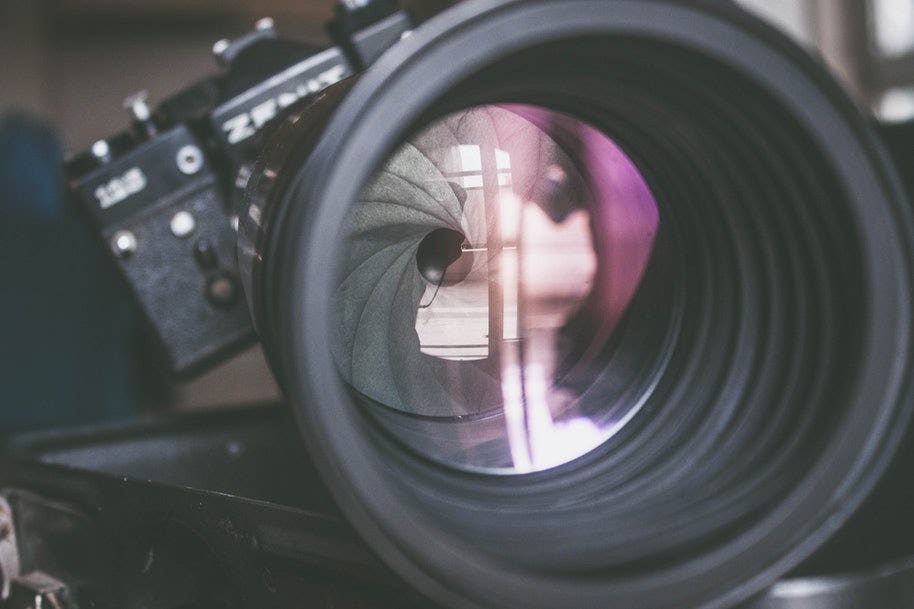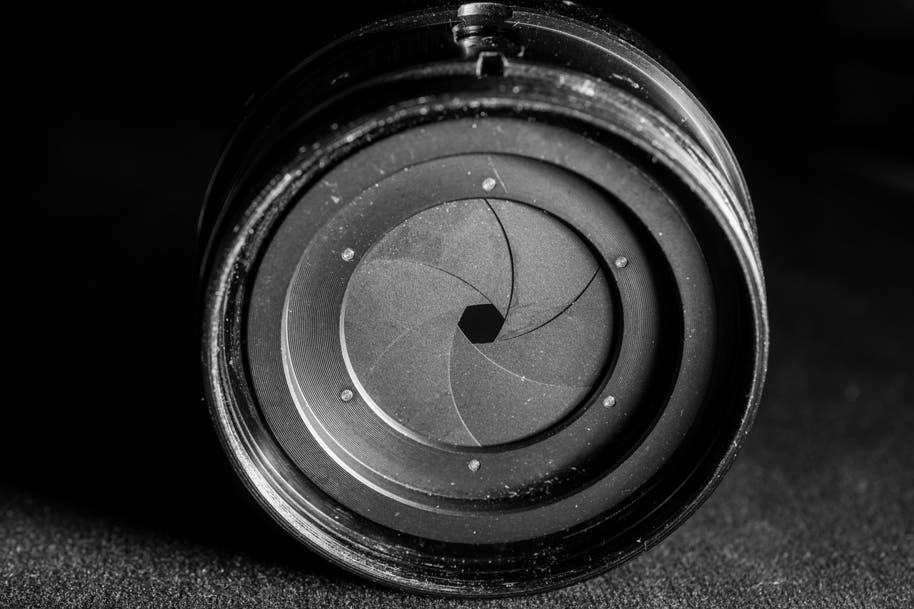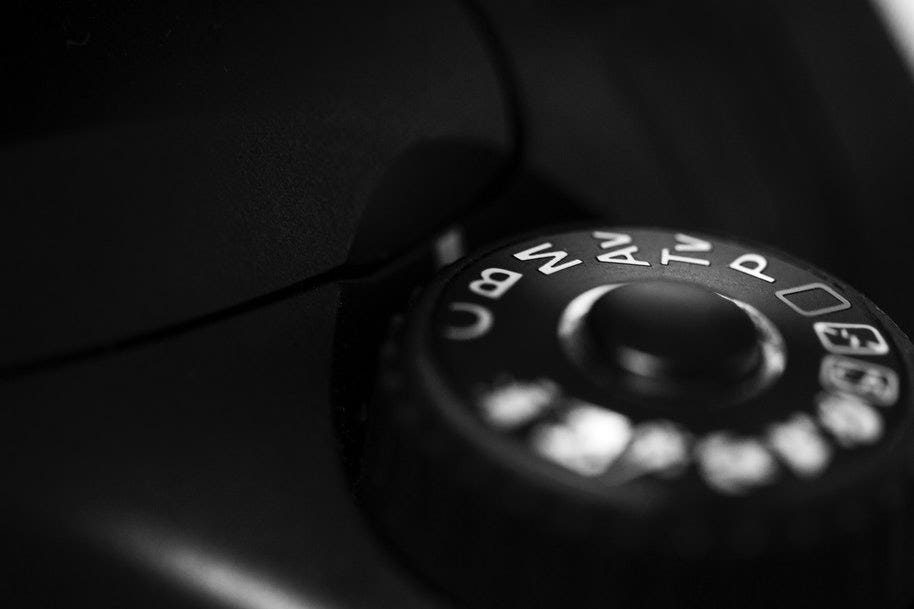
Anybody wanting to up their photography game needs to have a good understanding of a camera’s aperture and how it can affect a photo.
Most professional photographers favour Aperture Priority mode - the mode that gives them control over their aperture settings. This is because the aperture setting has a direct impact on both the brightness of an image and its overall sharpness.
In this post, we take a good look at what aperture is, its relationship to depth of field, and what aperture settings to use in certain situations.
What is Aperture in photography: a definition:
To be succinct, the aperture is the opening in your lens that light travels through before reaching the sensor. The aperture is responsible for how much light the sensor receives, depending on how wide or narrow the aperture is.

Apertures are measured in f-stops (written as f/ followed by a number). Somewhat confusingly, high f-stop numbers denote a narrow or small aperture, with little light reaching the lens. Smaller f-stop numbers represent a large aperture.
The aperture controls two particular aspects of photography: how much light reaches the camera sensor and how much of the image will appear sharp (known as the depth of field).
Aperture in exposure
The aperture is an important part of the exposure triangle (which also includes ISO and shutter speed) because the aperture setting can affect the brightness of your image.
The smaller the aperture, the less light a sensor will receive while larger apertures receive more light. Moving from one f-stop to the next either doubles or halves the amount of light entering the lens.
So if you use a small aperture, you may need to compensate for exposure by lowering the shutter speed or boosting the ISO or the image will be overexposed.
The optimal range for sharpness, contrast, and colour is generally agreed to be between f/9 and f/11.
On cameras with manual controls, you can control the aperture either through the Manual mode or through the Aperture Priority mode (often called AV). This allows you to control the aperture setting while the camera takes care of the shutter speed and ISO.

Aperture and depth of field
Depth of field (often referred to as DoF) describes the acceptable sharpness between objects in a photograph.
An image with a shallow depth of field only has a portion of the image in sharp focus, while where there is a deep depth of field, almost all elements appear sharp.
A wide aperture creates a shallow depth of field and a smaller focus while a narrow aperture creates general sharpness in the image.
For this reason, photographers tend to set their aperture based on the type of photography they’re doing.
What aperture to use for landscapes
Most landscape photography is about telling a story, which makes it important to have large parts of the photo in sharp detail. This calls for a large depth of field between f/8 and f/11.
What aperture to use for portrait photography

Portraits taken with a shallow depth of field tend to be more flattering on faces because larger apertures create a softer focus.
Shallow depths of field are great for background and foreground blur, which helps eliminate distractions and isolate your subject from their surroundings. This is why settings of around f/2.8 or higher are common in portrait photography.
Learn more about aperture
The aperture can be a tricky part of photography to wrap your head around. Troubleshoot with these solutions to common aperture problems or check out some of our other resources on the Camera House blog today!
